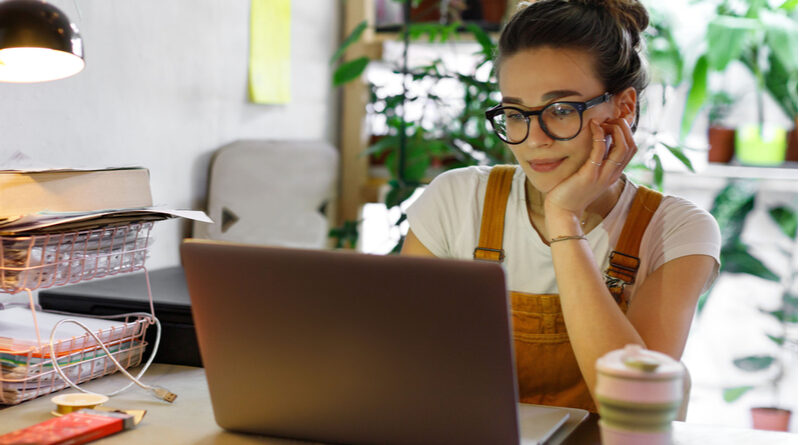Not working from home increases the risk of employee well-being by 10%
WorkL demonstrates that employees who work full time from the office have a 10% higher Wellbeing risk than employees who work from home, as working from home comes to an end yet again.
Employees who work in an office have a 35 percent chance of having a well-being problem, compared to only 25% of those who work from home. This 10% gap comes at a time when businesses are still debating the value of having an office, and many individuals are still hesitant to return to work full-time.
The rise highlights the need for businesses to place a greater emphasis on employee well-being and engagement than they now do. According to research, happy and engaged employees increase earnings by 20%, increase productivity by 20%, and minimize sick leave and staff turnover by 20%. Individuals who believe they have greater control over their work life, well-being, and environment will be more invested in their employer’s success.
Companies are investing more in office space in order to tempt staff back to their desks, as Google stated last week when it announced a £730 million investment in its UK operations. Given the new information, companies like Google should invest in strategies to lower the risk of employee well-being when they return to work. Fortunately for Google, the Technology sector has had the lowest Wellbeing risk in recent months, at just 19 percent, while the Retail sector has had the highest Wellbeing risk score, at 35 percent.
This month sees WorkL launch its free dedicated Wellbeing survey, to help individuals closely monitor, assess and resolve their wellbeing issues at work. People taking the survey are asked to rank each statement from 1-10, depending on how well they agree or disagree with it. Statements in the survey include:
1: My employer cares for my Wellbeing.
2: I rarely feel anxious or depressed about work.
3: I am happy (and feel safe) with my working environment.
4: I feel happy at work.
5: I am happy with the balance between my work and home life
6: I rarely feel exhausted when I finish work
7: I find it easy to be myself when working
8: – I don’t feel under excessive pressure to perform well
9: My health doesn’t suffer due to my work
10: I am able to recognise and manage the things that cause me stress
11. My employers have reasonable expectations of me at work
The Founder of WorkL is the former Trade Minister and ex Managing Director of Waitrose, Lord Mark Price, who comments;
“As thousands of employees head back to the office over the coming weeks and months, it’s never been more important for employers to help reduce the Wellbeing risk that we’re currently seeing for office-based workers. More needs to be done, which is why we’ve launched our new Wellbeing Survey to help our members identify and improve their Wellbeing at work. It’s free to take and I’m confident that it will be a valuable tool for people looking to improve their overall wellbeing at work.”
Tony Duckenfield, WorkL Behavioural Scientist comments; “WorkL’s new Wellbeing Survey incorporates a series of new questions which will provide more insight and support to those looking to better understand and improve their wellbeing at work. It is important when evaluating Workplace Happiness that we look at many different dimensions including the importance of wellbeing. We are confident that the new Wellbeing Survey will provide individuals with a far more detailed and nuanced picture of their wellbeing at work and how it can be improved with WorkL’s guidance and resources when considered within the context of our profiling questions”.
When we compare employee well-being in 2021 and 2020, we can observe that in 2020, life during the conflict had a toll on working lives, with individuals feeling more nervous and despondent about their jobs. The percentage of persons who say they are anxious has increased from 58 percent to 61 percent. When compared to pre-covid results, more participants said their employer cared more about their well-being (72%). (60 percent ).

